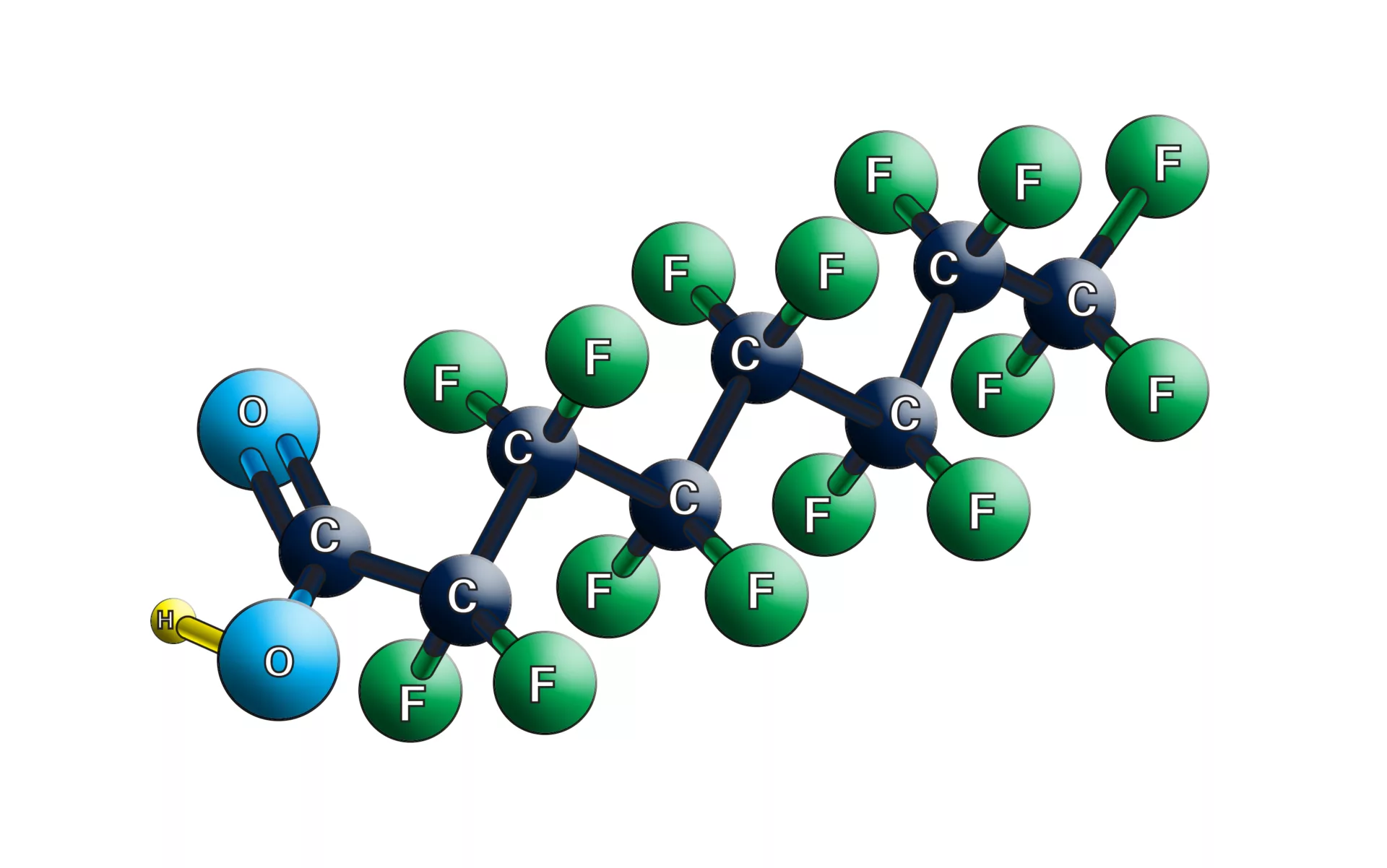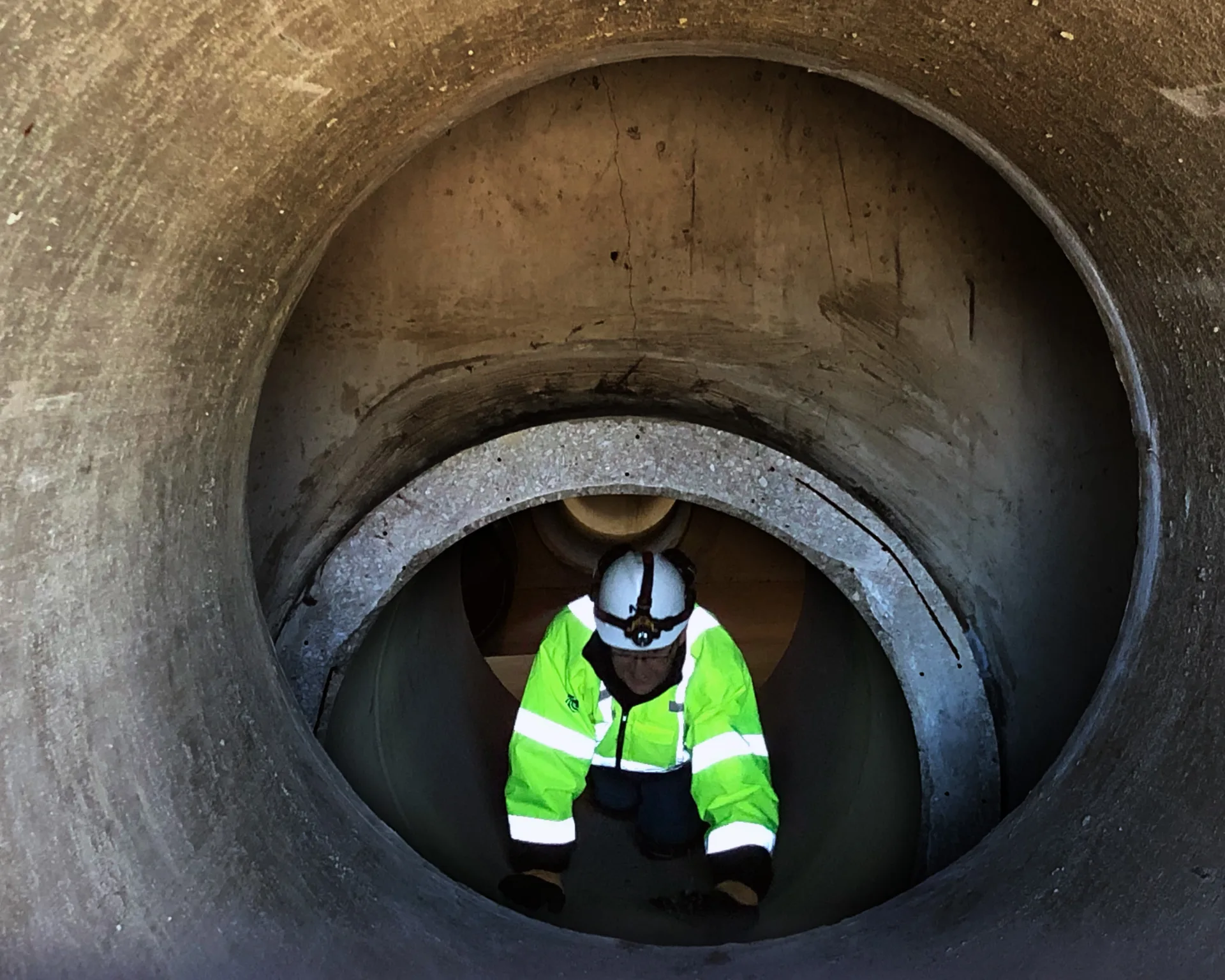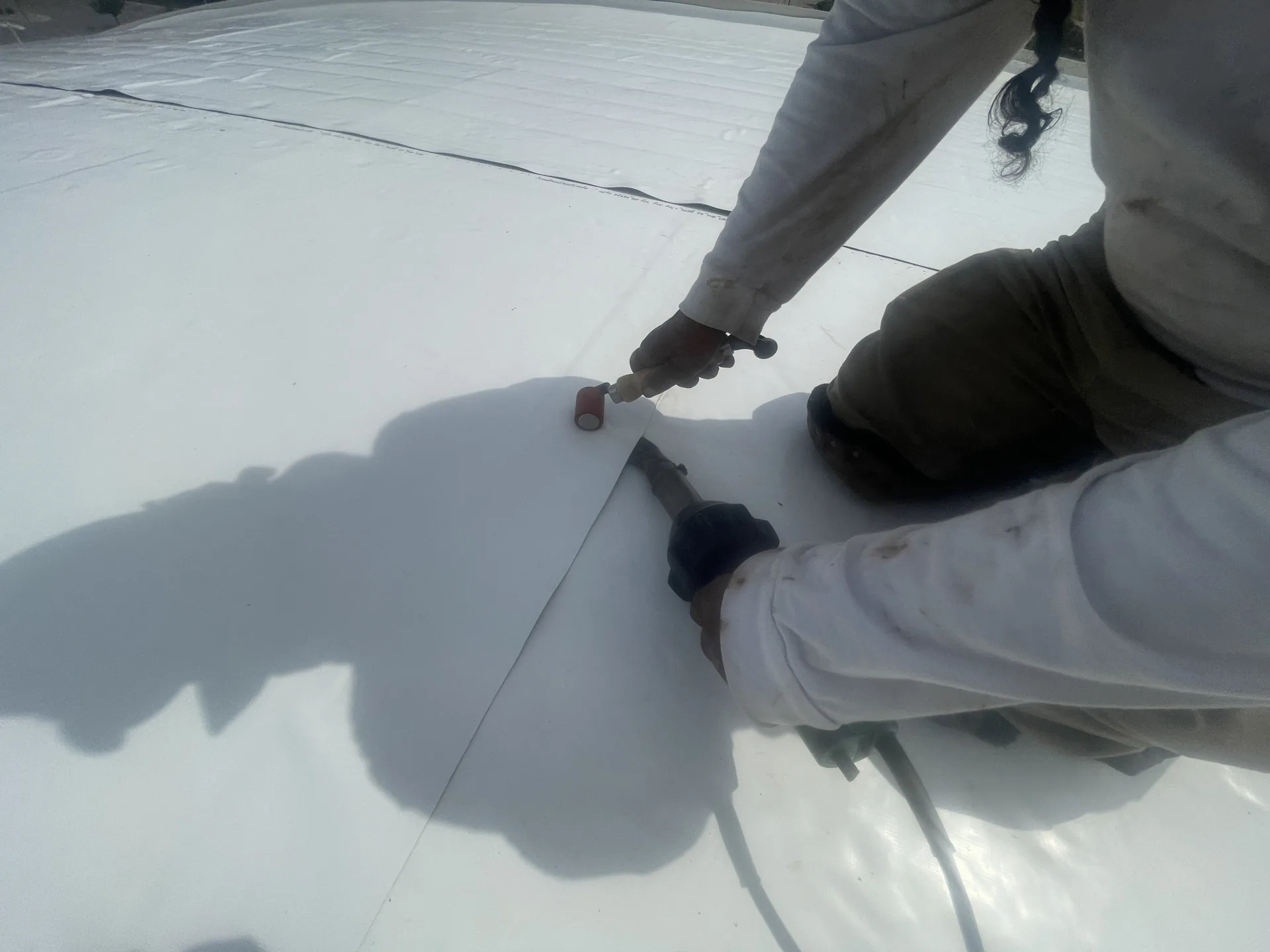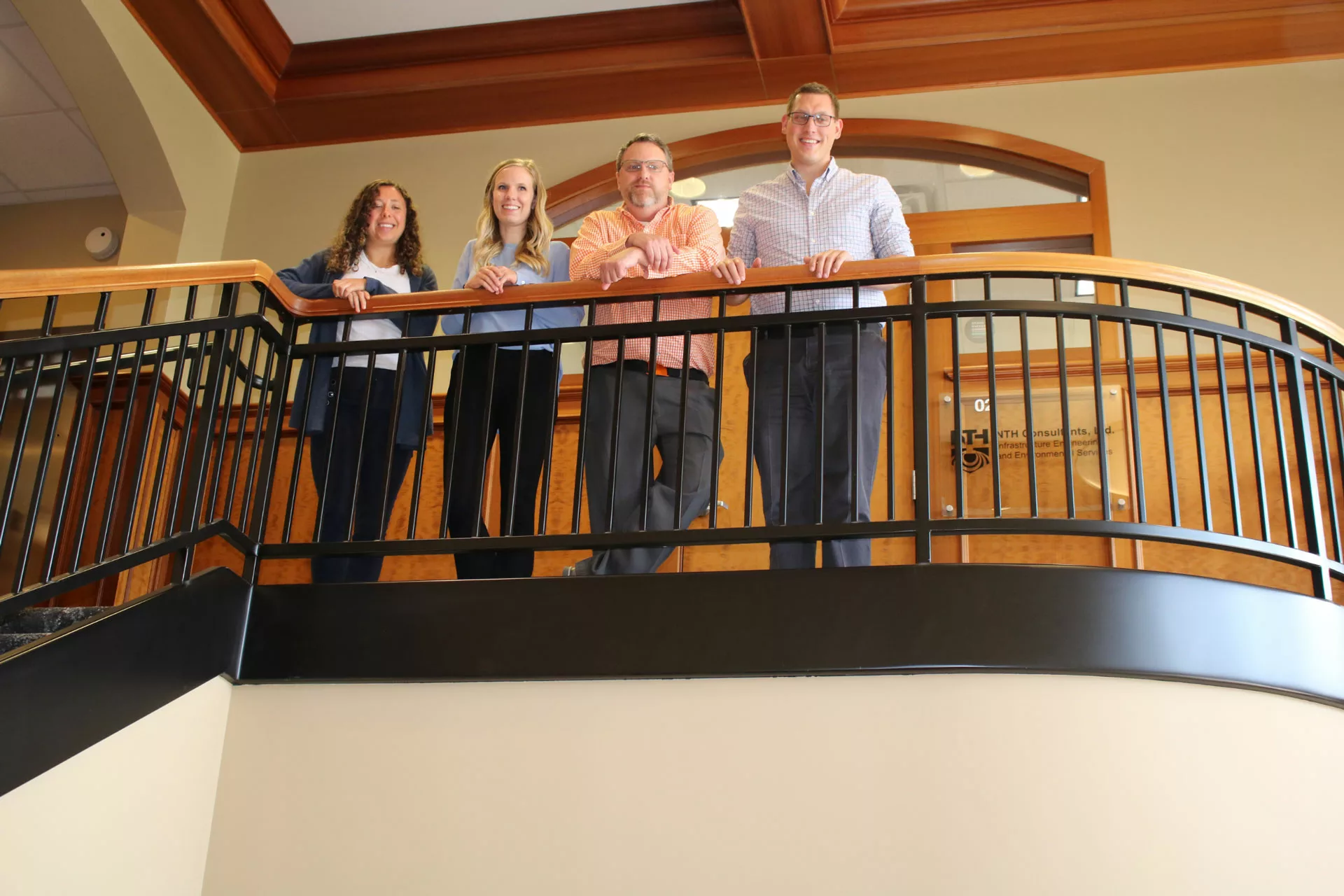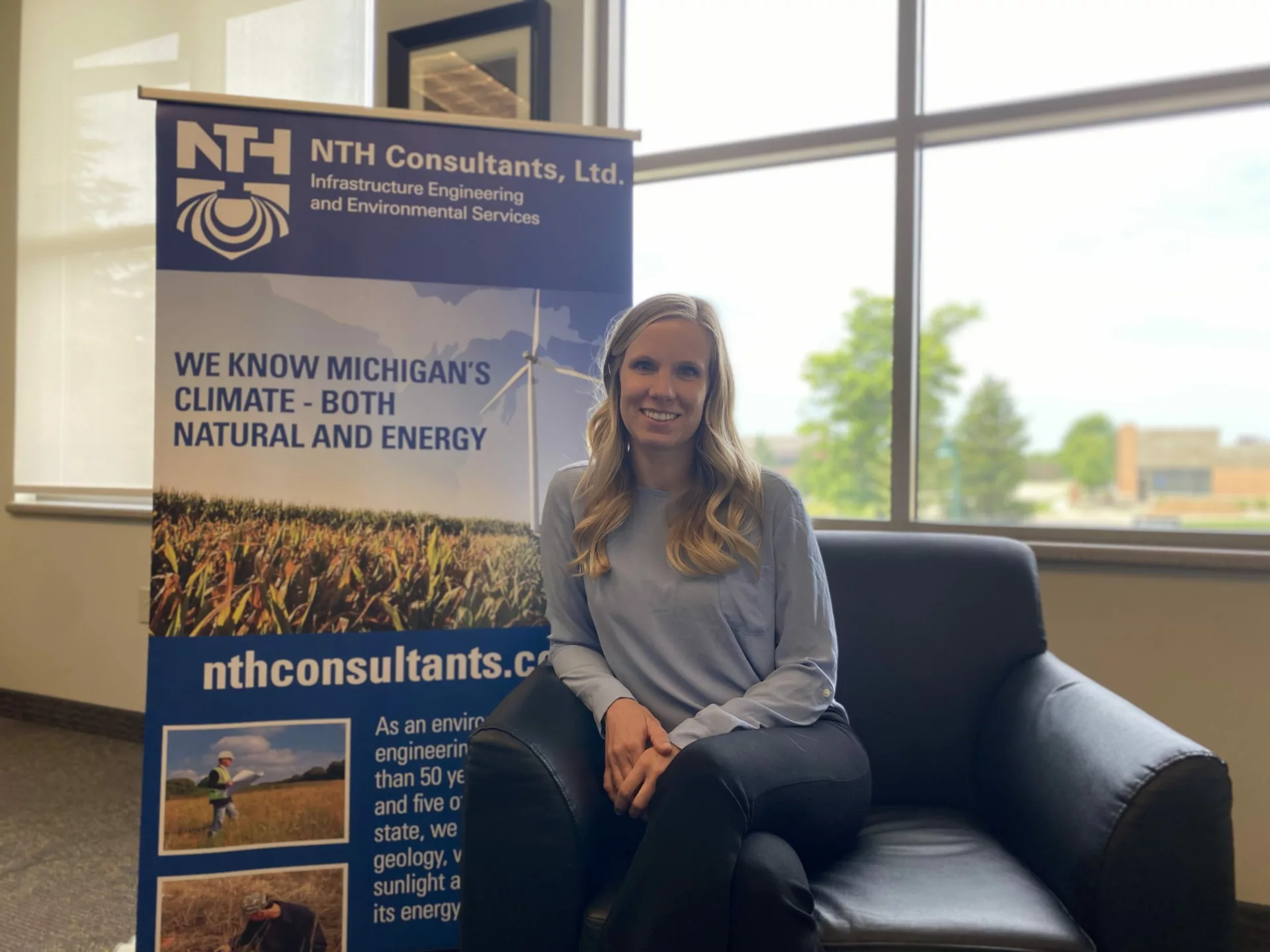In 2018, Michigan’s Department of Environment, Great Lakes, and Energy (EGLE) launched an initiative to reduce and eliminate discharges of certain polyfluoralkyl substances (PFAS) from industrial sources that may pass through wastewater treatment plants (WWTP). In response, the Michigan Waste and Recycling Association (MWRA) contracted NTH to conduct a collective study of leachate from landfills in Michigan.
In this webinar, MWRA’s president, Mr. J. Kevin Kendall and NTH experts discuss this statewide research project and the testing of PFOA and PFOS at 32 privately-owned, active “Type II” solid waste landfills and the assessment of their relative impact on WWTP influent. We will also present the current status of PFAS regulatory thresholds, as well as our worldwide research on PFOA and PFOS leachate concentrations; statewide leachate analytical results; disposal methods employed; and a summary of developments related to leachate and biosolids management in Michigan over the past year since publication of the MWRA report.

